Laboratory & Water Quality
Good laboratory Practice for Microbiology
Views : 34
Usually dispatched in 2 to 3 days
Usually dispatched in 2 to 3 days
Category:
Laboratory & Water Quality
Only logged in customers who have purchased this product may leave a review.
Related books
Analysis of Wastewater for Use in Agriculture – A Laboratory Manual of Parasitological and Bacteriological Techniques
Introduction:
The use of wastewater for crop irrigation is becoming increasingly common, especially in arid and semi-arid areas. Crop yields are higher as the wastewater contains not only water for crop growth, but also plant nutrients (mainly nitrogen and phosphorus). However, there is the risk that wastewater irrigation may facilitate the transmission of excreta-related diseases. In the late 1980s, the World Health Organization, the World Bank and the International Reference Centre for Waste Disposal sponsored a series of studies and meetings of experts to examine these health risks (International Reference Centre for Waste Disposal, 1985; Shuval et al., 1986; Prost, 1988; World Health Organization, 1989). From an appraisal of the available epidemiological evidence, it was established that the major risks were: the transmission of intestinal nematode infections both to those working in the waste-water irrigated fields and to those consuming vegetables grown in the fields; these infections are due to Ascaris lumbricoides (the human roundworm), Trichuris trichiura (the human whipworm), and Ancylostoma duodenale and Necator americanus (the human hookworms); and- the transmission of faecal bacterial diseases - bacterial diarrhoea and dysentery, typhoid and cholera - to the crop consumers.
Analysis of Wastewater for Use in Agriculture – A Laboratory Manual of Parasitological and Bacteriological Techniques
Introduction:
The use of wastewater for crop irrigation is becoming increasingly common, especially in arid and semi-arid areas. Crop yields are higher as the wastewater contains not only water for crop growth, but also plant nutrients (mainly nitrogen and phosphorus). However, there is the risk that wastewater irrigation may facilitate the transmission of excreta-related diseases. In the late 1980s, the World Health Organization, the World Bank and the International Reference Centre for Waste Disposal sponsored a series of studies and meetings of experts to examine these health risks (International Reference Centre for Waste Disposal, 1985; Shuval et al., 1986; Prost, 1988; World Health Organization, 1989). From an appraisal of the available epidemiological evidence, it was established that the major risks were: the transmission of intestinal nematode infections both to those working in the waste-water irrigated fields and to those consuming vegetables grown in the fields; these infections are due to Ascaris lumbricoides (the human roundworm), Trichuris trichiura (the human whipworm), and Ancylostoma duodenale and Necator americanus (the human hookworms); and- the transmission of faecal bacterial diseases - bacterial diarrhoea and dysentery, typhoid and cholera - to the crop consumers.
A Manual On Water Quality Treatment Methods At Community And Household Level
About this book :
This book is a compilation work of various techniques adopted at different parts of the world for removal of a range of chemical parameters which are present beyond the permissible limit in drinking water. The different technologies those are described in this book are mainly limited to household level and for community level. The stepwise pictorial presentation for treatment of contaminated water to remove different chemical parameters and biological treatment will possibly be appreciated by the readers of this book. The authors of this book have tried their best, put their utmost thought and taken maximum care while compiling the available information so that this piece of work will be accepted by every individual. This book in general comprises three sections and eight chapters are within these sections. Section-I comprises only one chapter which describes different water quality problems in India with specific interest to Odisha and for whom this book is designed. Similarly, the section-II encompasses four chapters. Water quality standards, water quality occurrence in different parts of the state and its presentation in shape of a map are reflected in these chapters. Section –III, which is the most important section of this book, illustrates identification of problems and their mitigation measures at household level as well as at community level. Material quantification and maintenance procedures are also depicted in this section.
A Manual On Water Quality Treatment Methods At Community And Household Level
About this book :
This book is a compilation work of various techniques adopted at different parts of the world for removal of a range of chemical parameters which are present beyond the permissible limit in drinking water. The different technologies those are described in this book are mainly limited to household level and for community level. The stepwise pictorial presentation for treatment of contaminated water to remove different chemical parameters and biological treatment will possibly be appreciated by the readers of this book. The authors of this book have tried their best, put their utmost thought and taken maximum care while compiling the available information so that this piece of work will be accepted by every individual. This book in general comprises three sections and eight chapters are within these sections. Section-I comprises only one chapter which describes different water quality problems in India with specific interest to Odisha and for whom this book is designed. Similarly, the section-II encompasses four chapters. Water quality standards, water quality occurrence in different parts of the state and its presentation in shape of a map are reflected in these chapters. Section –III, which is the most important section of this book, illustrates identification of problems and their mitigation measures at household level as well as at community level. Material quantification and maintenance procedures are also depicted in this section.
Basic Laboratory Study Guide
Preface:
The Laboratory Study Guide is an important resource for preparing for the certification exam and is arranged by chapters and sections. Each section consists of key knowledges with important informational concepts you need to know for the certification exam. This study guide also serves as a wastewater treatment plant operations primer that can be used as a reference on the subject. In preparing for the exams:
- Study the material! Read every key knowledge until the concept is fully understood and knownto memory.
- Learn with others! Take classes in this type of wastewater operations to improve your understanding and knowledge of the subject.
- Learn even more! For an even greater understanding and knowledge of the subjects, read and review the references listed at the end of the study guide.
Basic Laboratory Study Guide
Preface:
The Laboratory Study Guide is an important resource for preparing for the certification exam and is arranged by chapters and sections. Each section consists of key knowledges with important informational concepts you need to know for the certification exam. This study guide also serves as a wastewater treatment plant operations primer that can be used as a reference on the subject. In preparing for the exams:
- Study the material! Read every key knowledge until the concept is fully understood and knownto memory.
- Learn with others! Take classes in this type of wastewater operations to improve your understanding and knowledge of the subject.
- Learn even more! For an even greater understanding and knowledge of the subjects, read and review the references listed at the end of the study guide.


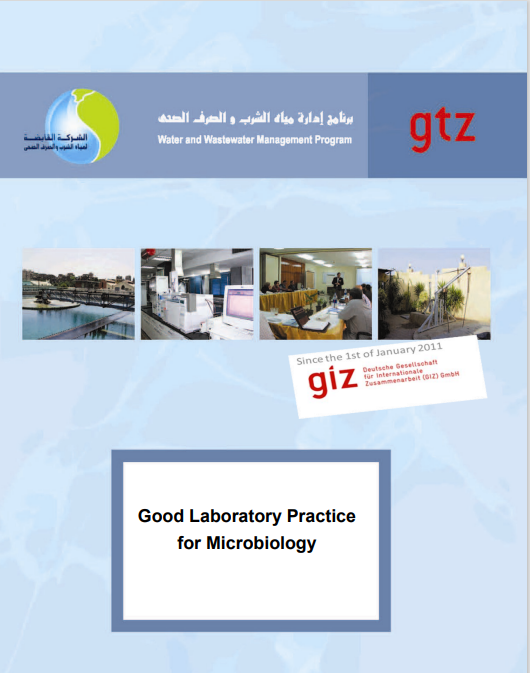
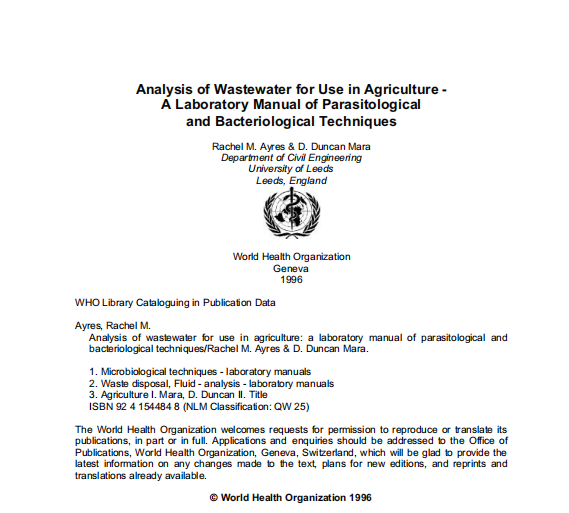

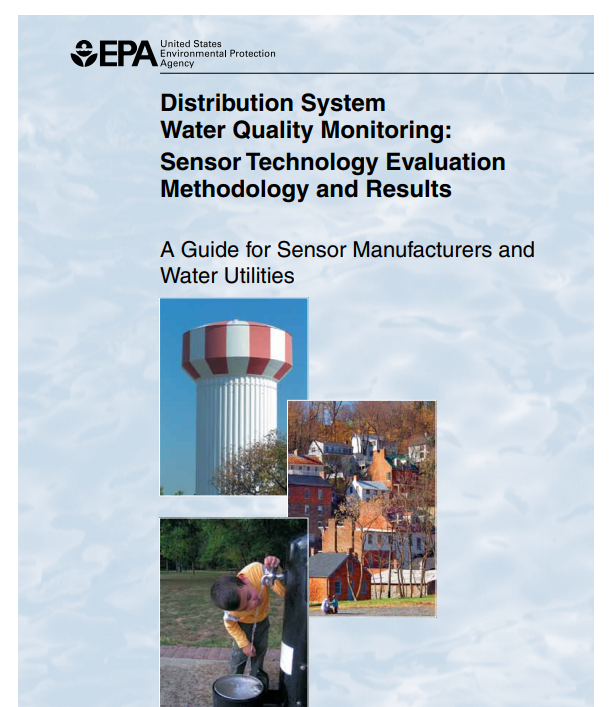

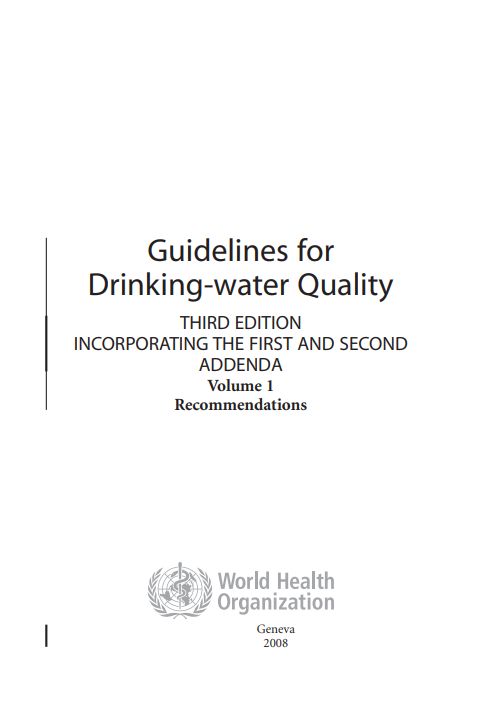
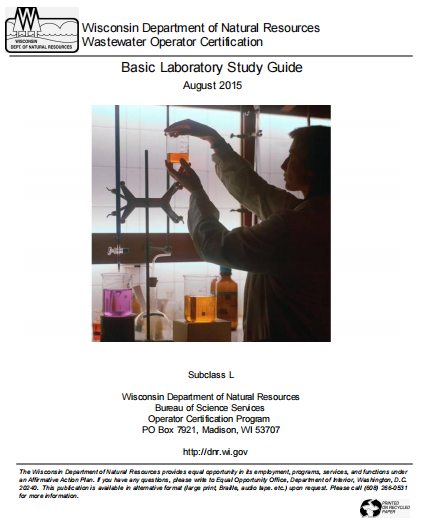



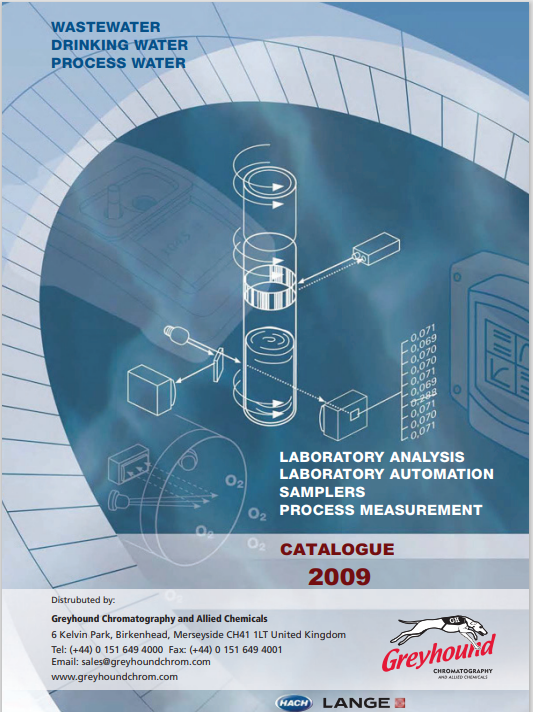


Reviews
There are no reviews yet.